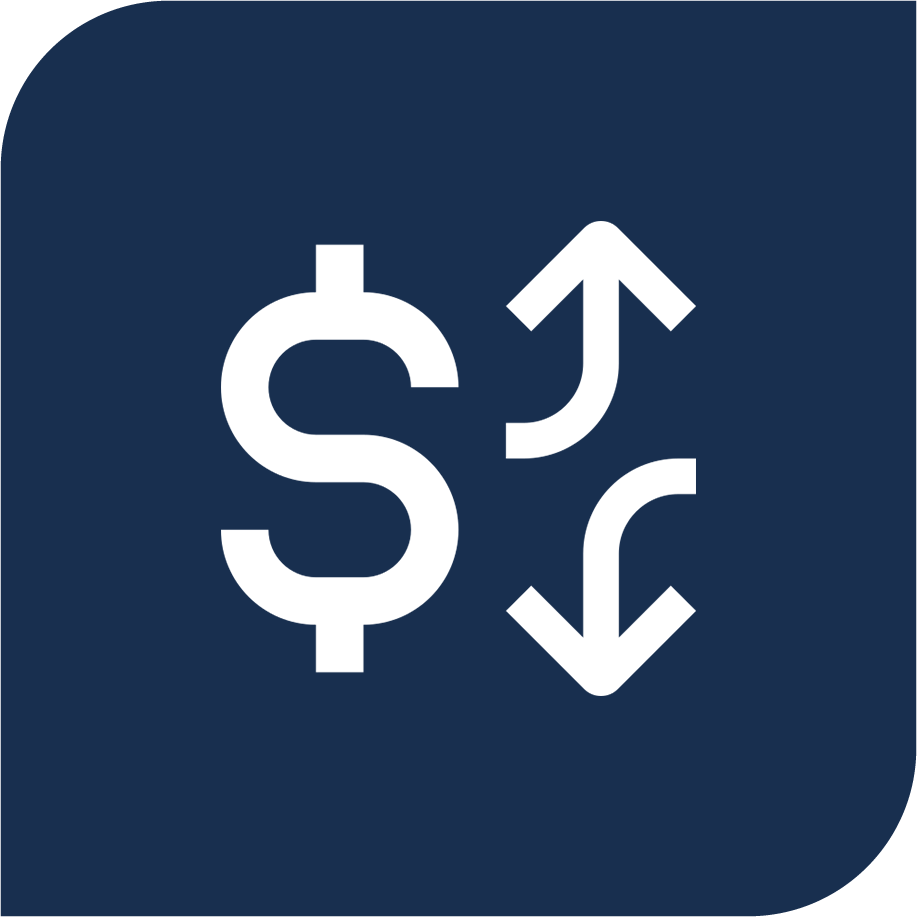CFD Trading
‘Contracts for difference’, or just CFDs, are tradable derivative products that follow the prices of global financial markets.
What is a CFD?
‘Contracts for difference’, or just CFDs, are tradable derivative products that follow the prices of global financial markets. A CFD allows you to obtain direct exposure to an underlying asset, without owning the underlying asset. You will make gains or incur losses as a result of price movements in the underlying asset.

Full transparency of overnight interest

At the prevailing interest rate

How Does CFD Trading Work?
CFDs are agreements between two entities, usually a trader and a CFD broker, to trade the difference in the price of an underlying financial instrument from the opening of the contract until it is closed.In terms of profits and losses, while trading CFDs, if the markets follow traders' predictions, their position will be profitable. Conversely, if the market moves against their prediction, the traders experience a loss.Eventually, the traders get these profits or realize the losses when their position is closed after they sell the contracts they initially bought.

What is Leveraged Trading?
Leverage is a concept that enables you to multiply your exposure to a financial instrument without committing the whole capital necessary to own the physical instrument.When trading CFDs, you are engaging in leveraged trading, which means you don’t need to commit the full amount of capital for your trade value. For example, with a leverage of 1:10, your initial margin requirement for this particular CFD is 10%. This means you need to deposit $100 to gain a notional exposure of $1,000. Accordingly, any potential profits or losses will be multiplied. Likewise, a leverage of up to 1:30 means that with $100 you can gain the effect of $3,000 capital. Accordingly, any potential profits or losses will be multiplied.

Managing Risks when Trading CFDs
Some of the ways through which traders can mitigate risk while trading CFDs include using risk management tools like Close at Profit, Stop Loss, Guaranteed Stop, and Trailing Stop.
Close at Profit/Stop Loss:
This risk management tool allows you to decide when to close your position (when it reaches a certain price) to either protect your gains or minimize your losses.
Guaranteed Stop:
By doing this, you are placing an absolute limit on your risk of significant losses. This, in turn, protects you from price swings, even if the instrument’s prices move significantly against your position.
Trailing Stop:
This order secures profits by closing your position automatically if the price changes direction.
To get a better understanding of how risk management tools work, go to our Trading Academy article on Risk Management.
In addition to risk management tools, traders may also refer to trading charts in order to understand past prices better. Regardless, it is important to keep in mind that past price patterns do not indicate future results.
CFD trading offers flexibility and the potential for high returns, but it requires a good understanding of the market and risk management practices due to its inherent volatility and leverage effects.
